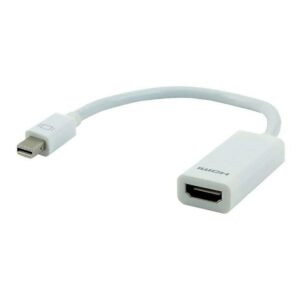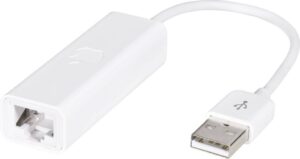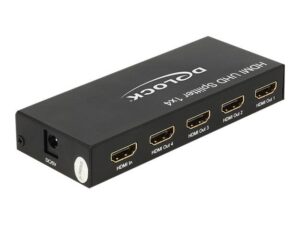Cable guide
Cable guide
Read here about the different cable types available for IT equipment. We have compiled an overview of the most used ones. Everything from cables for transferring data, connecting accessories to power supply and charging.
USB cables


USB (Universal Serial Bus) was introduced in 1996 in a collaboration between IBM, Intel Corporation and Windows Corporation. It has long been the most used cable to connect devices to one’s computer. For example, mice, keyboards, external hard drives and printers. They are available in many different lengths and with different variations of outputs. A maximum data transfer speed of 280 Mbps or approx. 35 MBps.


USB-C stands for “Universal Serial Bus Type-C.” and is a type of USB connector that was introduced in 2015. It supports USB 3.1, which means a USB-C connection can transfer data faster than regular USB, at up to 10 Gbps, and send or receive up to 20 volts or 100 watts of power. Transfer speed of 20 Gbps, which is 40 times faster than USB 2.0. The output power of 100 W/5 A charges your product at high speed.
By the end of 2024, all mobile phones, tablets and cameras sold in the EU must be equipped with a USB Type-C charging port. This will prevent the overproduction of chargers and be beneficial to the environment.
Apple cables
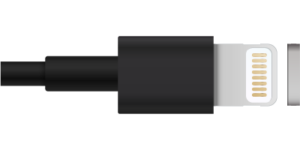

This type of cable is specially developed by Apple to connect and charge their devices such as iPhone, iPads and AirPods. In the past, they were found with a USB head at the other end of the cable, but now they have switched to USB.C for fast data transfer and charging time. Data cable with Hi-Speed USB A 2.0 connector with transfer speed of up to 480 Mbps.
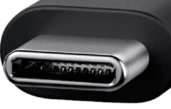

Thunderbolt cable supports Thunderbolt 3, Thunderbolt 4 and USB 4 data transfer up to 40Gb/s, USB 3.1 Gen 2 data transfer up to 10Gb/s, DisplayPort video output (HBR3) and charging up to 100W. Use this cable to connect a Mac with Thunderbolt 3 or 4 (USB-C) ports to Thunderbolt (USB-C) and USB displays and devices such as Studio Display, Pro Display XDR, docks and hard drives.
Picture cables
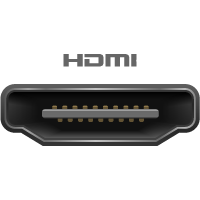
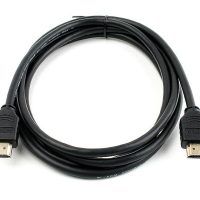
HDMI moves images and sound digitally from devices such as Playstations, DVD players and computers to TVs or projectors. You can achieve HD picture quality in 720 or 1080 HD, 4K

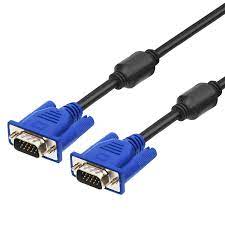
VGA/XGA/SVGA Monitor cables are used to connect computer monitors to computers. All plugs have male plugs at both ends. They provide great signals, but cables such as DVI-D, HDMI or DisplayPort will deliver better quality signals.


A display port cable is used to connect a computer/laptop to a monitor. It connects to the display port plug in the computer and the monitor. Can support image in 4K. Display port 1.2. Supports high definition video, multi-channel digital audio and DPCP.


DVI cable is not the most used on the market, but can transfer video signals in both analog and digital between computers and monitors.

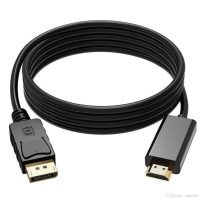
Displayport to HDMI cable. Can be used to connect a computer with display port to a screen with HDMI input. Length 1.5 meters.
Antenna cable

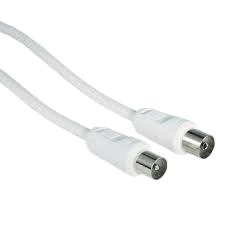
An antenna cable is used to receive a TV signal from your antenna socket to your TV and is common in many Danish households. Comes in different lengths.
Power cable


There are a wide variety of cables that can supply power to a device.
The most used for desktop computers are those with Schuko plugs or LoRad SPC. They are also available with a Euro plug and with/without ground connection. Today, Apple’s devices are charged via USB-C/Thunderbolt or with their own MagSafe connector.
In Denmark we use 230 volts and two-pin or three-pin plugs with round pins, but there may be other voltage levels applicable abroad. Therefore, use a travel adapter to avoid overheating due to a different voltage level.
Network cable/Ethernet

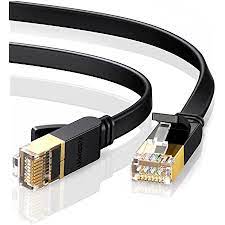
A LAN cable/network cable is used to connect a computer, laptop or game console with a router to the Internet. In some households, they are also used to connect a router to the Internet. The plug in the wall plug/data input in the home is connected to the router with the LAN cable. Since most people today use wireless internet, they are not used as much as in the past. If you want to be sure of a stable connection, a LAN cable should be used.
Cat 5 network cable
Cat5 is the most used network cable in Denmark. The cable has a maximum speed of 100Mbps over 100 m and a maximum bandwidth of 100 MHz.
Cat 6 network cable
Cat 6 is designed as the best “all-round” network cable. Cat 6 cable has higher capacity and is more resistant to external noise.
The Cat 6 cables have changed slightly in design compared to the Cat 5 cable. The cable is thicker and transmits a greater amount of data than Cat 5 and Cat 5e, but only over shorter distances.
Cat 6 supports a bandwidth of 250 MHz and speeds of up to 10Gbps up to 50 meters and around 2Gbps beyond.
Adapters
With Mini DP (DisplayPort) to HDMI, you can connect a Mac that does not have an HDMI output to your TV and expand your digital desktop, watch movies or just play games on a bigger screen
With the Apple USB to Ethernet Adapter, you create a connection from your Apple device to an Ethernet network
Lightning Digital AV adapter that works with your iPhone, iPad or iPod with Lightning connector. The Lightning Digital AV Hub supports screen mirroring, so you can display what you’re watching on your iPhone, Mac or iPad on TVs, monitors and projectors with VGA output or other compatible displays in up to 1080p HD
Splits signal from an HDMI signal from a PC or laptop and divides it into four connected displays. Thereby, one HDMI connection can be used to operate four HDMI displays.
If you are in doubt about which plug you should use, contact us on 71998904 . Then we will be happy to answer questions.

